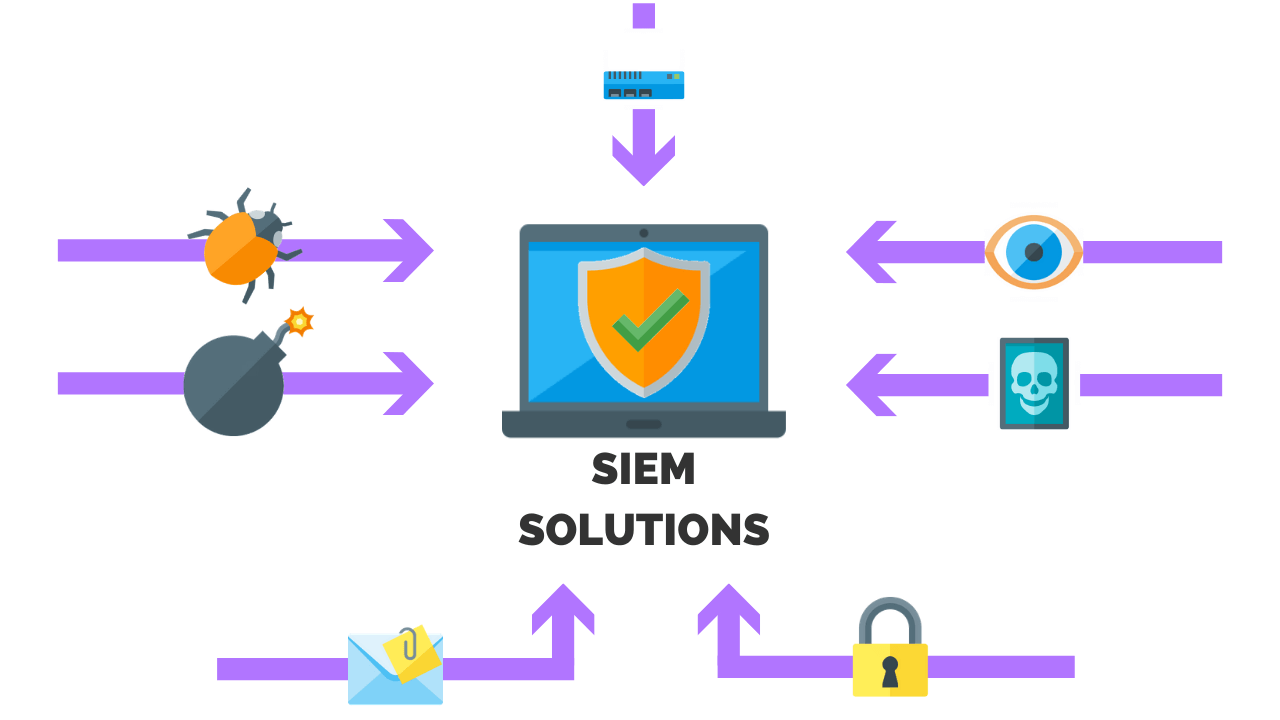Access Management Simplified
In today’s digital age, organizations are constantly looking for ways to simplify their access management processes. With the rise of cloud computing, mobile devices, and the Internet of Things (IoT), the traditional perimeter-based security model is no longer sufficient. As a result, companies are turning to more advanced access management solutions that can provide secure, granular, and scalable access to their resources.
One of the primary challenges of access management is the need to balance security with convenience. On one hand, organizations want to ensure that only authorized users have access to sensitive resources and data. On the other hand, they also want to provide their users with a seamless and frictionless experience. This is where advanced access management solutions come in, providing a range of features and functionalities that can help organizations achieve this balance.
The Evolution of Access Management
Access management has undergone significant changes over the years. In the past, access control was typically based on a user’s role within an organization. Users were assigned to specific roles, and each role had a predefined set of permissions and access rights. However, this approach had several limitations. For example, it was often difficult to manage and update user roles, and it was not uncommon for users to have overly broad access rights.
In recent years, there has been a shift towards more advanced access management models, such as attribute-based access control (ABAC) and policy-based access control (PBAC). These models provide a more fine-grained and dynamic approach to access control, allowing organizations to define access policies based on a user’s attributes, such as their job function, location, and department.
Key Components of Access Management
Access management typically involves several key components, including:
- Identity Management: This involves the creation, management, and termination of user identities, as well as the management of user attributes and profiles.
- Authentication: This involves the process of verifying a user’s identity, typically through the use of passwords, biometrics, or other authentication factors.
- Authorization: This involves the process of determining what resources and data a user is allowed to access, based on their role, attributes, and other factors.
- Access Control: This involves the process of controlling and managing user access to resources and data, based on their authorization and other factors.
Benefits of Advanced Access Management
Advanced access management solutions provide a range of benefits, including:
- Improved Security: By providing granular and dynamic access control, advanced access management solutions can help reduce the risk of data breaches and other security threats.
- Increased Efficiency: Advanced access management solutions can help automate many of the manual processes involved in access management, reducing the administrative burden and improving productivity.
- Enhanced User Experience: By providing users with seamless and frictionless access to resources and data, advanced access management solutions can help improve the overall user experience and reduce frustration.
Best Practices for Access Management
To get the most out of their access management solutions, organizations should follow several best practices, including:
- Implement a Zero-Trust Model: This involves assuming that all users and devices are untrusted, and verifying their identity and authorization before granting access to resources and data.
- Use Multifactor Authentication: This involves requiring users to provide multiple authentication factors, such as a password and biometric, to verify their identity.
- Regularly Review and Update Access Policies: This involves regularly reviewing and updating access policies to ensure that they are aligned with changing business needs and security requirements.
Real-World Applications of Access Management
Access management has a wide range of real-world applications, including:
- Cloud Computing: Cloud computing providers use access management solutions to control and manage access to cloud resources and data.
- IoT: IoT device manufacturers use access management solutions to control and manage access to IoT devices and data.
- Financial Services: Financial institutions use access management solutions to control and manage access to sensitive financial data and systems.
Future of Access Management
The future of access management is likely to be shaped by several trends and technologies, including:
- Artificial Intelligence (AI) and Machine Learning (ML): AI and ML are likely to play an increasingly important role in access management, providing advanced analytics and automation capabilities.
- Blockchain: Blockchain technology is likely to be used to provide secure and decentralized identity management and access control.
- Quantum Computing: Quantum computing is likely to have a significant impact on access management, providing advanced cryptographic capabilities and challenging traditional security models.
Comparison of Access Management Solutions
There are several access management solutions available, each with its own strengths and weaknesses. Some of the most popular solutions include:
| Solution | Strengths | Weaknesses |
|---|---|---|
| Okta | Advanced identity management and authentication capabilities | Limited support for PBAC |
| Azure Active Directory | Strong support for cloud-based access management | Limited support for on-premises environments |
| Google Cloud Identity and Access Management | Advanced access control and policy management capabilities | Limited support for multicloud environments |
Decision Framework for Access Management
When selecting an access management solution, organizations should consider several factors, including:
- Security Requirements: What are the organization’s security requirements, and how will the access management solution meet those requirements?
- Scalability: How scalable is the access management solution, and can it meet the organization’s growing needs?
- Integration: How easily can the access management solution be integrated with existing systems and infrastructure?
- Cost: What is the total cost of ownership for the access management solution, and how will it impact the organization’s budget?
Step-by-Step Guide to Implementing Access Management
Implementing access management involves several steps, including:
- Define Access Policies: Define access policies and procedures that align with the organization’s security requirements and business needs.
- Implement Identity Management: Implement an identity management system that can manage user identities and attributes.
- Configure Authentication: Configure authentication factors and methods, such as passwords, biometrics, and smart cards.
- Configure Authorization: Configure authorization rules and policies that determine what resources and data users can access.
- Test and Refine: Test the access management system and refine it as needed to ensure that it is working as intended.
Pro-Con Analysis of Access Management Solutions
Access management solutions have several pros and cons, including:
- Pros:
- Improved security and reduced risk of data breaches
- Increased efficiency and productivity
- Enhanced user experience
- Cons:
- High upfront costs and total cost of ownership
- Complex implementation and configuration
- Limited support for legacy systems and infrastructure
Key Takeaways
Access management is a critical component of any organization’s security strategy. By providing granular and dynamic access control, advanced access management solutions can help reduce the risk of data breaches and other security threats. When selecting an access management solution, organizations should consider several factors, including security requirements, scalability, integration, and cost.
FAQ
What is access management, and why is it important?
+Access management is the process of controlling and managing access to resources and data, based on a user’s identity, role, and other factors. It is important because it helps reduce the risk of data breaches and other security threats, while also improving the overall user experience.
What are the key components of access management?
+The key components of access management include identity management, authentication, authorization, and access control.
What are the benefits of advanced access management solutions?
+Advanced access management solutions provide several benefits, including improved security, increased efficiency, and enhanced user experience.
What are the best practices for access management?
+Best practices for access management include implementing a zero-trust model, using multifactor authentication, and regularly reviewing and updating access policies.
What is the future of access management, and how will it be impacted by emerging trends and technologies?
+The future of access management is likely to be shaped by several trends and technologies, including AI, ML, blockchain, and quantum computing. These technologies will provide advanced analytics and automation capabilities, and will challenge traditional security models.



